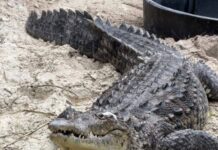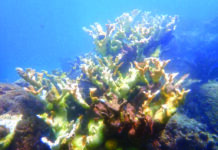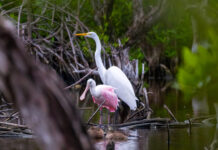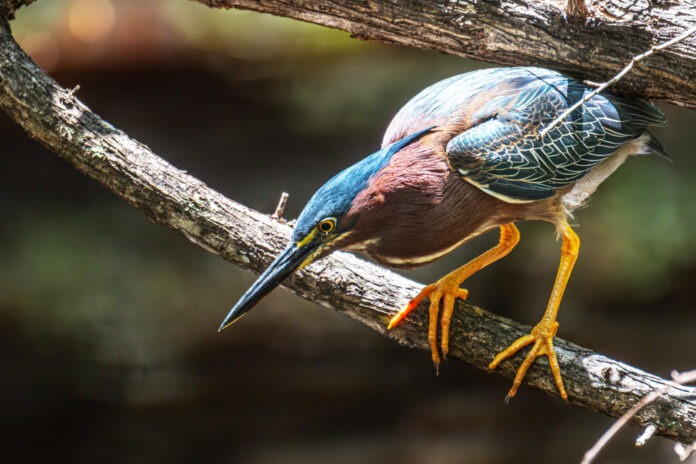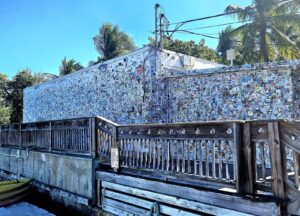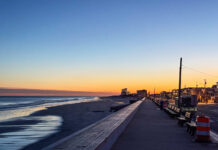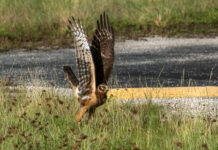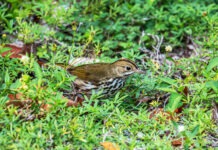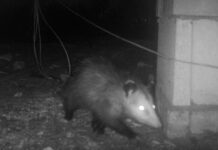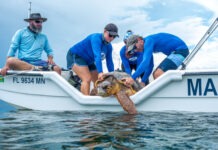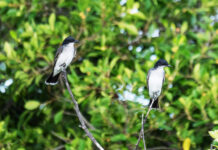I’ve never trusted the word sublime, at least not enough to use it on the regular. I’ve always taken it to convey a sense of snobbery, of superior and likely condescending taste.
The root of my issues, I believe, is Mark Twain’s “The Adventures of Huckleberry Finn,” where the King and the Duke, two ne’er-do-well characters, use the word repeatedly to describe their scamming, fake-English theatrical productions. In my recollection of the book they were just irritating characters, bordering on comic foils, there to create a kind of narrative friction to deepen the sense of adventure, but it’s been 30 years since I read it. I did recently read Percival Everett’s “James,” a deft and razor-sharp retelling of the story written from the enslaved Jim’s perspective in which the King and the Duke were insidious racist villains, giving the novel a darker pull, though I don’t believe they used the word sublime. (Everett’s Pulitzer Prize is well deserved.)
As anyone who lived through the ’90s knows, there is also a band called Sublime, but I was never much for third-wave bro ska.
The word invited itself into my head again the other day when I stopped by the Key West Botanical Garden. It was around 2 p.m., generally a terrible time to look for birds, but I’d seen a report of a purple gallinule in the pond and wanted to check it out. At the edge of the pond a small armada of turtles paddled slowly toward me, but there were no birds to be seen, purple or otherwise, other than the occasional common grackle or white-crowned pigeon gliding across the open space.
I decided I might as well check out the back part of the pond, so I said hi to Cindy as I went through the gate and followed the boardwalk back.
Summer has been slowly turning up the throttle in recent weeks, so I kept to the shadows. When the back end of the pond proved emptier than the front, I wandered down onto the dirt paths to Desbiens Pond.
I’d heard three or four northern cardinals singing along the way, which was a nice sign that they are probably breeding in the park. For some reason, despite their love of suburbia and urbanized areas all over the rest of the continent, we don’t see a lot of cardinals in Key West. But maybe if they breed on Stock Island they’ll start wandering over to Key West more often.
In another locale, Desbiens Pond might not be considered a pond. It’s small and shallow and crossed with low trees and brush, maybe 8 inches deep. I’d say it’s kind of a fancy puddle, but puddles are temporary and I don’t think I’ve ever seen it empty. I’m not sure a better word exists, so I’ll not argue with its official pond designation.
The first bird I saw there was a tri-colored heron behind several layers of branches and trunks. It was too deep to get a decent picture, or to even really see clearly, so I moved along the path.
I took a seat on the platform before I noticed the green heron low on one of the branches, inches above the water, frozen in its posture.
Green herons usually have two responses to people getting near them. More often than not, they will take off with a craggy note of complaint, often pooping when they do this, inspiring two of their early names – the shite-poke and the chalk-line. (They are not the only bird species that does this. And it’s a good way to dissuade predators from following you.)
Sometimes, often in places like parks and marinas, where they might get habituated to humans, they will simply continue to go about their business and not flush. Which was the path, or lack of path, this bird chose.
Green herons are on the small end of the heron size spectrum and are shape-shifters. In their default position, they crouch and keep their neck tucked in and look something like sleeker, more aerodynamic footballs. Which was what this bird was doing.
On the occasions they unfurl their neck, they add a solid third to their length.
The unfurling occasionally happens when they fly, are climbing around the mangroves or are curious about something. More frequently, when they are hunting. The unfurling happens faster than you would think, and almost faster than you can see. Sleight of head, I guess.
No doubt in their more compact posture their neck is folded into an S shape, like most herons, though their feathers hide that really well. When they extend it to catch a fish, it’s hard to believe it is not cocked and spring-loaded, like a spear gun. They’ll plunge their bill down into the water and come back up in an instant. A little more than half the time (57%) they will hold a wriggling fish or other aquatic creature in their bill.
A heron’s patience will regularly outlast mine, but I wasn’t aiming to see a strike. I was more transfixed by the bird’s coloring, the way it was lit in patches by the rays that made it through the canopy.
Birds are not named for their dominant characteristics so much as their dominant distinctive characteristic, the thing that distinguishes them from other species.
Green herons are green, but not distinctly so. They have this sort of mineral green in their cap and wings that comes off as a sort of vermilion wash over a darker slate-like tone, but not something you immediately think of as green.
Their dominant color is the dark mauve in their neck, dangerously close to maroon, puce if you want a four-letter word. It’s not a hue that screams at you with intensity, but a color whose appreciation may take a while to impress you. Especially here in Florida, where you don’t get a lot of subtlety.
That lack of subtlety in Florida is why I was probably a little spellbound by a palette that seemed so subtle, so contrarian. And probably why that word came into my head.
Sublime.
Fine. Whatever. Call me a snob.









